
The following is a non-exhaustive list of the bird species you can see on our campsite.
We have various guides available, including the excellent bird guide produced by the LPO (Ligue de Protection des Oiseaux – League for the Protection of Birds). You can borrow it when you take a walk around the campsite and try to identify the birds you see. An explorer’s kit is also available, with binoculars, a magnifying glass and a guide to animal tracks.
To make it easier for you to identify the most common species, you can refer to the sign on the campsite.
We would like to thank Max for his help in gathering information during his internship at Le Rêve in 2023.
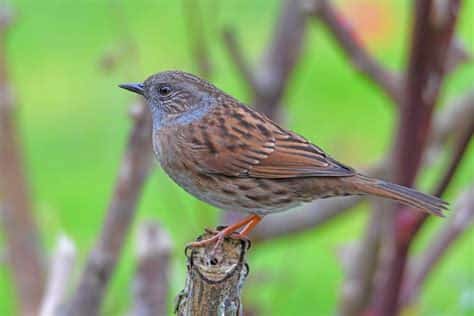
The Hedge Accentor is a discreet bird leading a hidden life in the thickets it frequents. The nest is placed low, less than 1.5 meters from the ground, in a dense bush or shrub, often a small conifer. It consists mainly of moss, a few dry grasses, and has a base of twigs. The interior is lined with horsehair and rootlets.
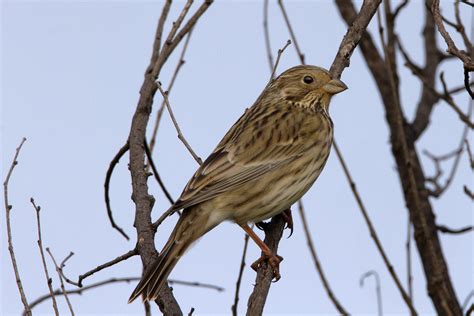
Buntings appreciate open spaces such as fields and meadows. They feed on seeds and insects. Granivorous species are recognizable by their short and conical beak, while insectivores have a finer beak.
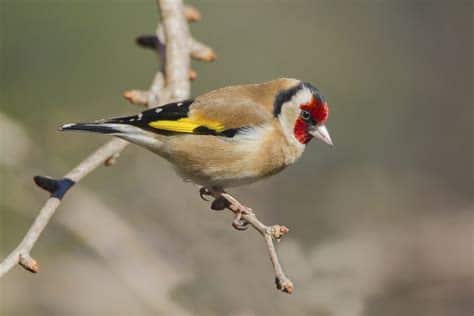
The goldfinch is known for its melodious song, making it a very common pet bird. Unfortunately, a more harmful activity than domestic breeding has become widespread. Goldfinches are captured in the wild and sold on the black market.
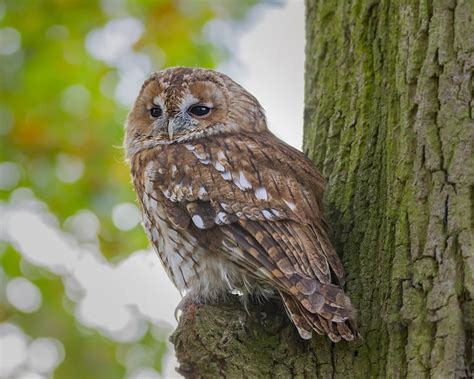
The Tawny Owl is an opportunistic hunter whose diet varies depending on its hunting grounds and the season. It prefers small mammals such as mice, voles, and even squirrels. It also enjoys small birds and unlucky insects.
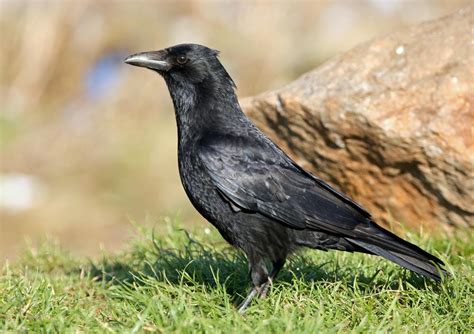
The crow is a member of the corvidae family. They tend to be confused with crows, but the latter are larger and more solitary animals, whereas crows, with their shinier plumage, are often found in groups.
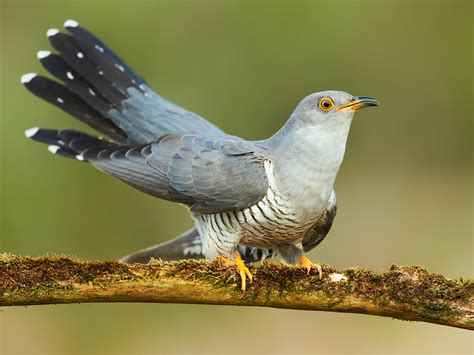
The cuckoo’s song is the source of its name. The grey cuckoo is a migratory species that winters in Africa and returns to Europe in April/May. On their way, they tend to cross Gibraltar, but they can also fly directly from mainland Africa to Italy and Greece.
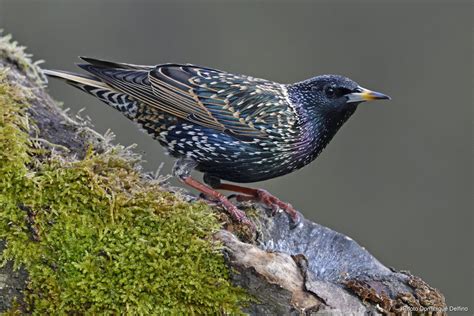
This species of bird never lives alone, preferring to gather in flocks of hundreds or even thousands of individuals. However, some breeding birds behave differently to migrating or wintering flocks. They gather in large groups of more than 500 birds, known as “murmurs”.
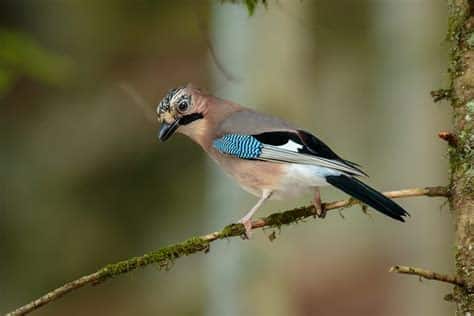
The jay is a large bird that is very common on the campsite. Its streaked blue feathers are easy to find on the ground.
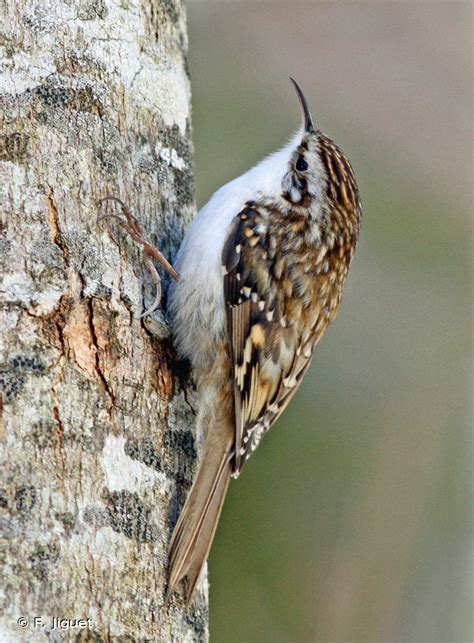
In France, the Wood Creeper breeds from April to June, depending on the altitude and temperature of its habitat. Unlike many other birds, it has been shown to be polygamous. It builds its nest behind the bark of a dead or dying tree.
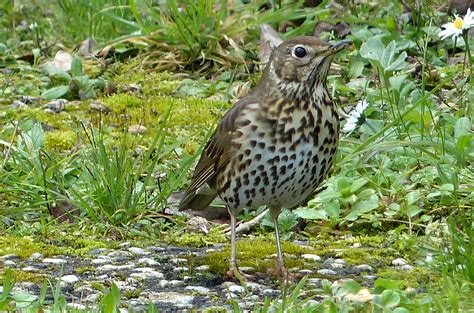
A discreet and shy bird, it is difficult to approach and observe. Music thrushes usually hunt on the ground. They move in small jumps in search of insects or molluscs.
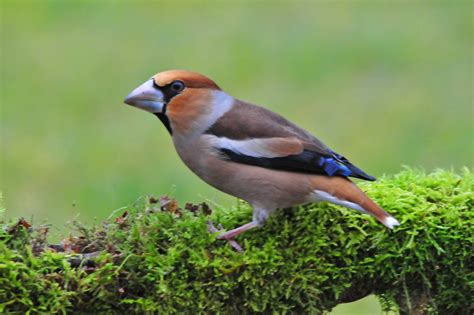
Its diet includes a wide variety of seeds, but mainly woody seeds, including large seeds with hard skins. With its enormous beak, it is capable of breaking cherry stones, for example, simply by pressing its mandibles, which develop a power of over 50 kg.
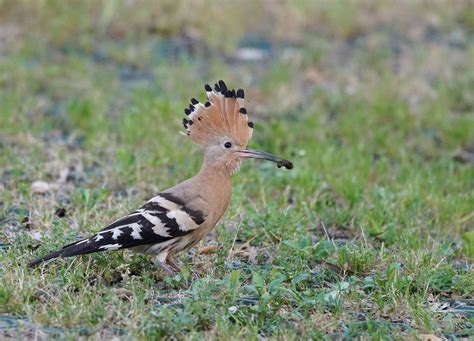
The hoopoe looks like an exotic bird. It can be seen from early spring until the end of August before migrating to Africa.
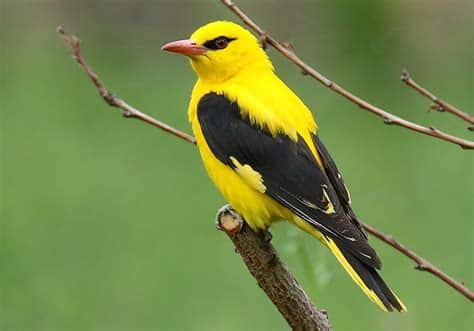
This flamboyant bird is still very difficult to see, but it is easier to hear. Beware of imitations, however, as the European starling is capable of imitating it!
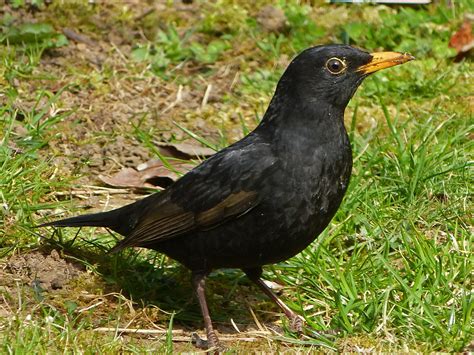
The Blackbird is easily recognised by its orange beak, which it uses mainly to move litter and chase away insects that are startled by the removal of their protection.
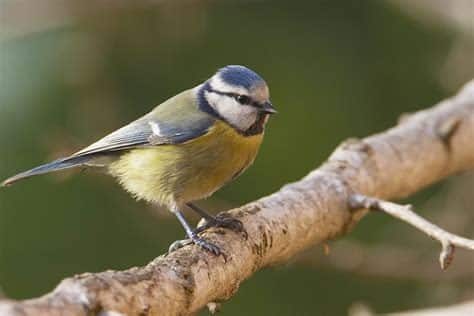
Egg size seems to depend mainly on the size of the female and secondarily on the habitat. The smallest eggs are found at higher altitudes. The total weight of the clutch can be 1.5 times heavier than that of the female.
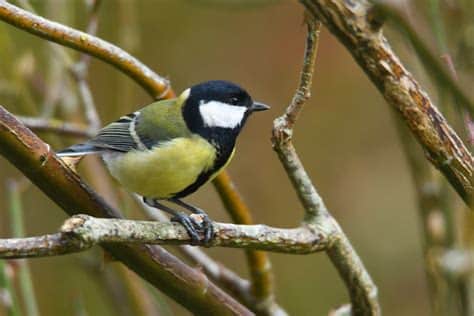
This is the largest of our chickadees. It can be recognised by its black head and tie.
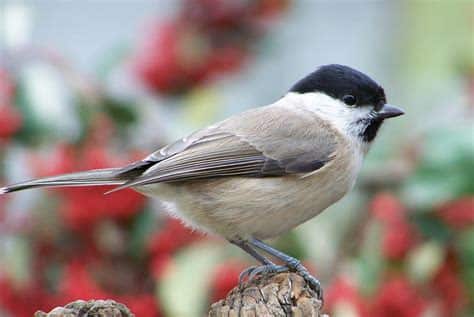
Barn tits are the smallest of our chickadees and are more discreet than their cousins, the blue and great tits.
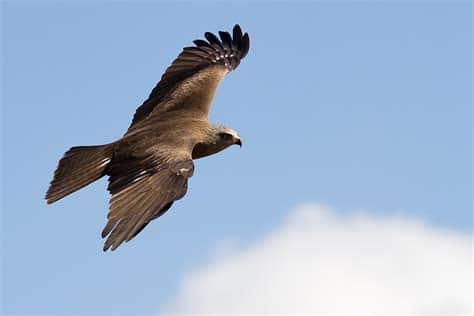
A migratory bird, the Black Kite returns from tropical Africa in mid-March and only stays in France for around 4 months to breed and raise its young. Mainly a scavenger, its menu includes a variety of prey, both living and dead: dead fish that it collects from the banks of lakes and rivers, but also rodents, small reptiles and amphibians.
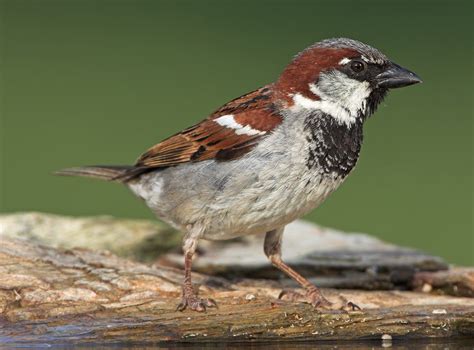
According to a study published by the CNRS on 15 May 2023, the bird population has declined by 25% over the last 40 years. 170 species were observed over 37 years at 20,000 ecological monitoring sites in 28 European countries. According to the study, the sparrow has seen its population decline by 64% in Europe since the 1980s.
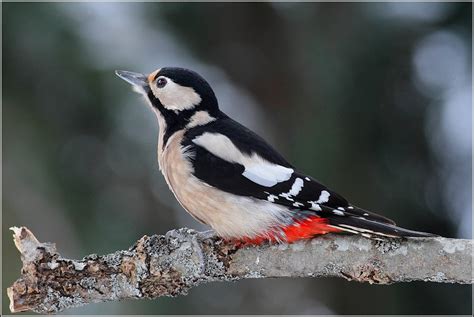
Woodpeckers build their nests by digging a cavity in a trunk or branch. This is a time-consuming task, carried out mainly by the male. The species does not reoccupy old lodges as other woodpeckers do. The nests are around 35 cm deep and are lined with grass for down.
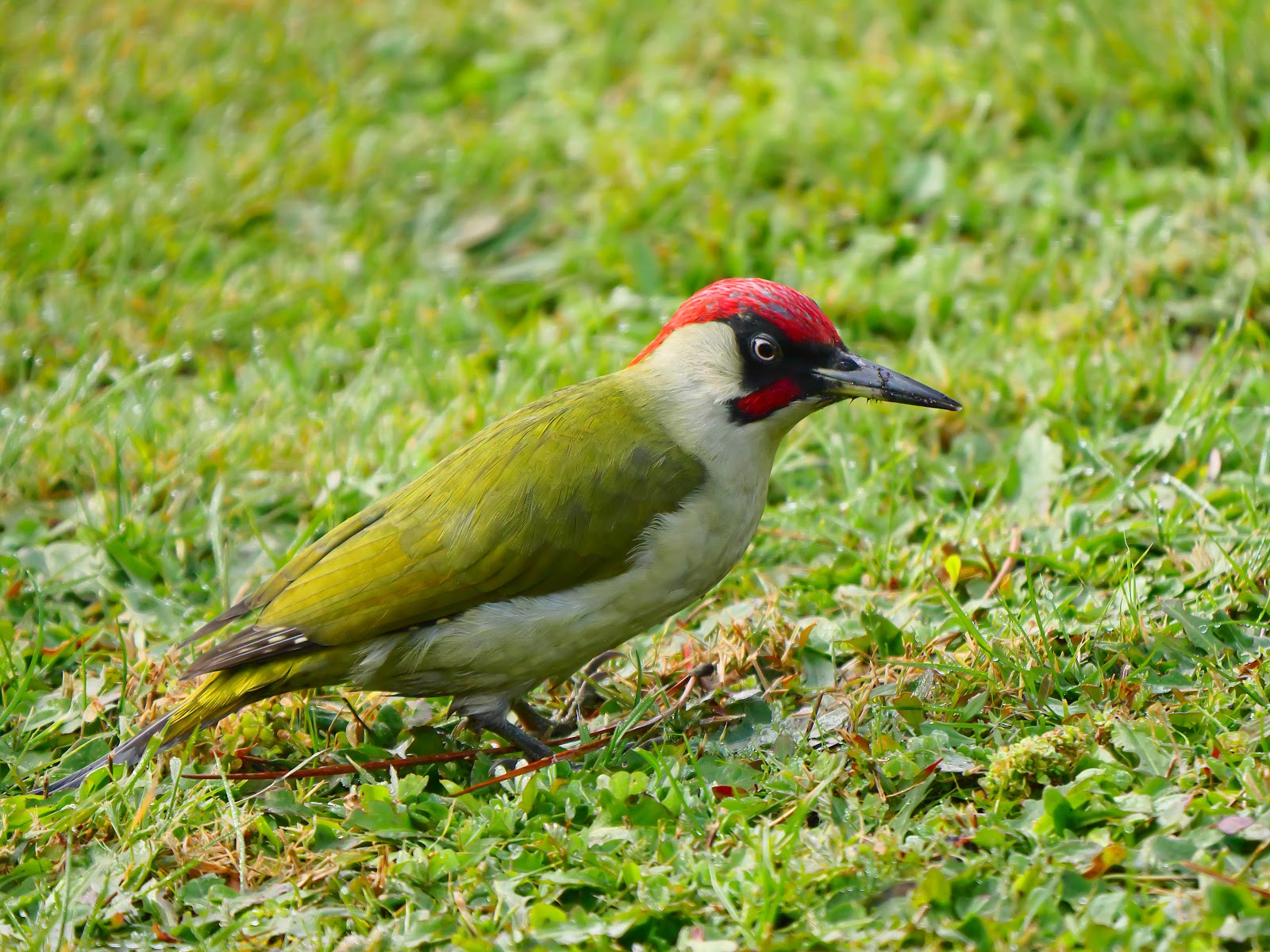
Like all woodpeckers, the Green Woodpecker breeds in caves. It uses its powerful, sharp beak to dig its nesting lodge in soft woods such as willow and poplar, but also in fruit trees such as cherry. This takes several weeks of work. An old nesting box is frequently reoccupied.
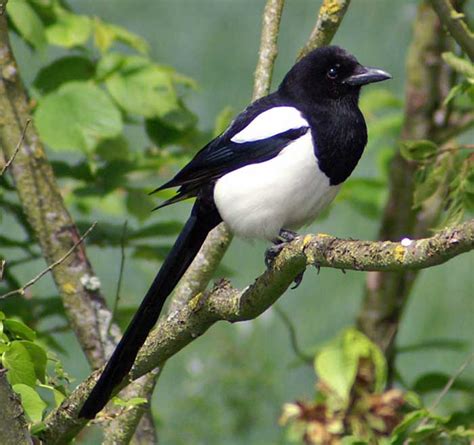
Contrary to popular belief, magpies are not thieves; they do not steal small, shiny objects. This is probably the result of a legend, stemming from the fact that they hide surplus food for days of scarcity. However, tame magpies show a definite interest in their “master’s” eyes, the only shiny part of the body, and try to reach them with their beak when they are on the shoulder.
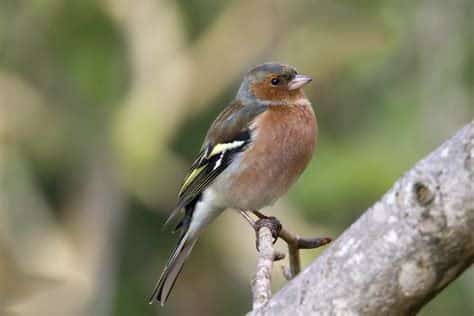
Tree finch singing competitions have existed since 1595. The Flemish Minister for the Environment, Nature and Culture has added the finch singing competition to the Flemish inventory of intangible cultural heritage!
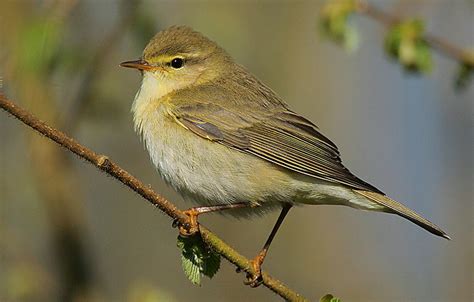
The Willow Warbler is insectivorous and extremely active during the day, feeding mainly on flies and foraging for leaves in trees and bushes, as well as on the ground. Their normal daily consumption of flies is generally equivalent to a third of their body weight.
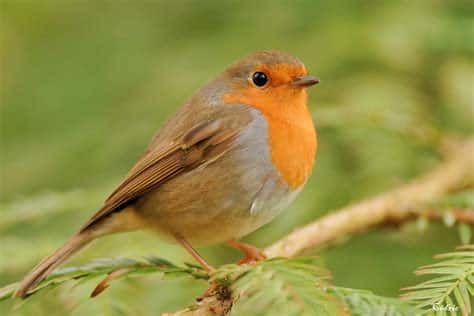
The robin’s name is easy to understand when you see it, as it has a large red/orange patch on its breast. It is nicknamed the gardener’s friend because of its curiosity. Above all, it hopes to glean a few worms when we turn the soil.
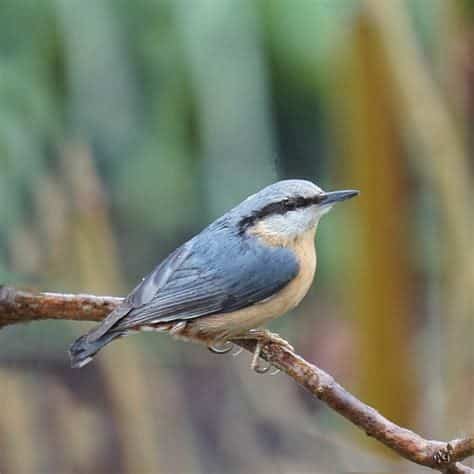
The nuthatch makes its nest in a cavity that it does not dig itself, even if the power of its beak would allow it to do so. It is used to reducing the size of the entrance to the cavity to the dimensions of its body to ward off any competitors or predators such as starlings or great spotted woodpeckers. It does this by masoning the entrance with mud, which has given it its species name, the wood nuthatch.
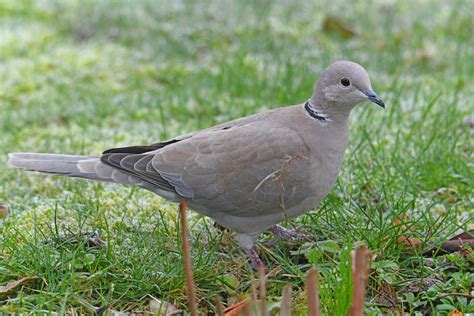
Turtle doves use their oesophagus to suck up water, so they drink by suction. Other birds have to pick up water with their beaks and lift their heads, using gravity to drink.
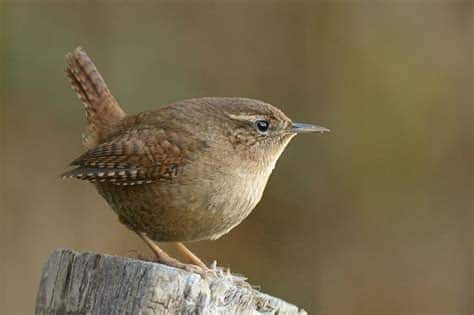
This is one of the smallest passerines in the garden. Its nest is made of moss, dead leaves and a few twigs. The nest is attached to its support. It often hangs in the ivy along a trunk, or in a tangle of roots.